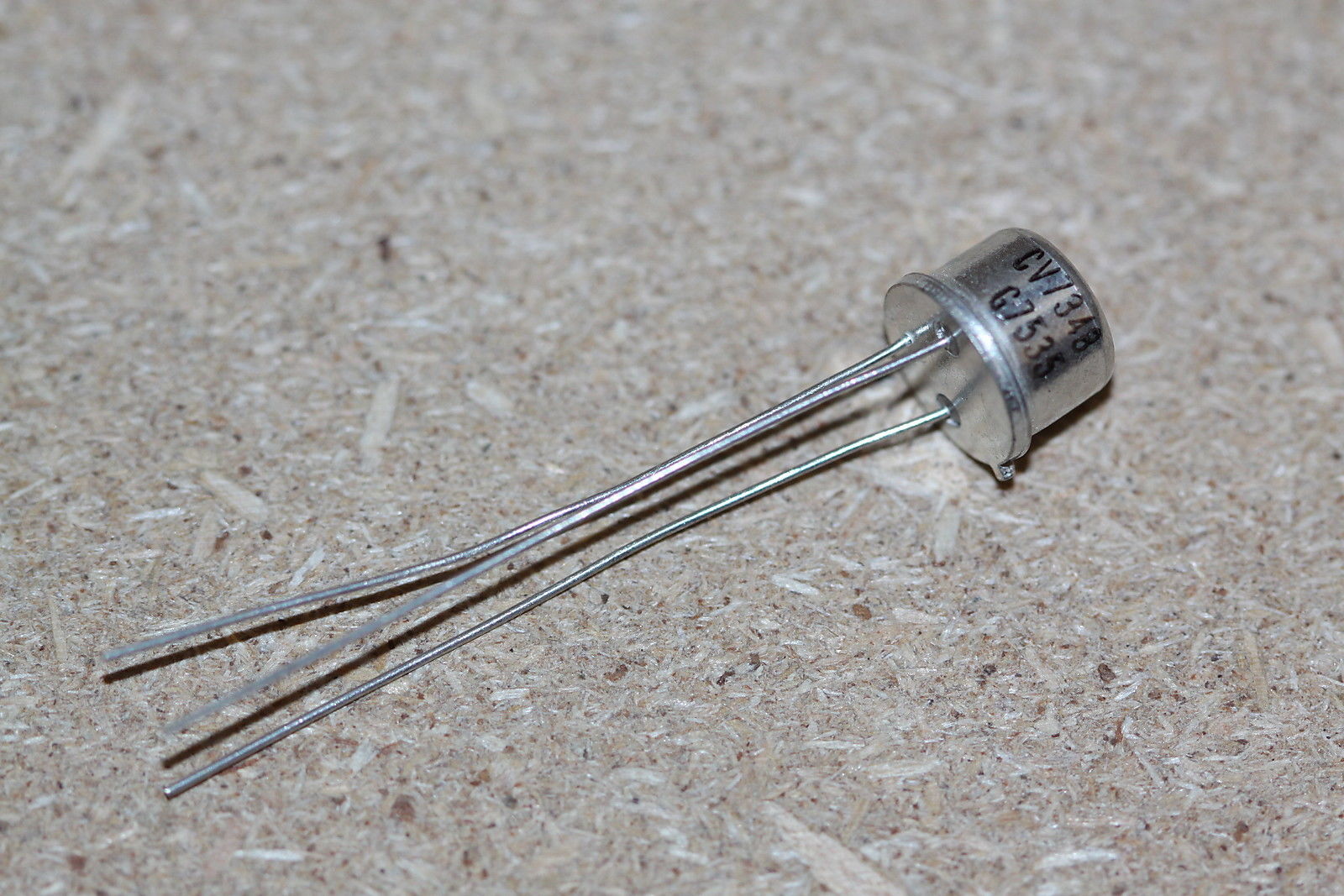

The vero is not verified but it should be OK. So here is a link to my modified PNP version vero of Ge transistor tester if someone is interested: You should measure hundreds of transistors with the speed of light ) Also a good idea is adding a couple of jumpers so you can easily plug transistors with EBC (most of russian MPxx transistors), ECB (russian GT40x, GTx08 etc.) or even wierd BEC (such as russian GT309) pinout without twisting their rather fragile legs (I broke some really ancient soviet P11 and P13 transistors while twisting their legs though this might be due to the fact that their legs were already heavily bent). With ZIF socket you can easily insert transistors with tweezers thus they won't be heated with your fingers. I recommend using ZIF IC socket for transistors. Great site, thanks for your work, Mark! Here's my 2 cents. These need to be tried out, as it may be interesting to have germs with zero leakage. The development of the germanium transistor in 1948 opened the door to countless applications of solid state electronics. I do have pretty high hopes for those, as someone on the DIYSB stated that russian PNPs are usually better than NPNs.

I'm currently waiting for batches of PNP P416As and P416Bs. All i've encountered are low on leakage, but that hardly compesates for low gains. Sadly most of the russian germs i've had tend to be always on the low end of the hFE range specified by the datasheet. I guess that these do need some breadboarding before soldering them to anything. 50-70 NPN germs are nice, but they could have been better. Even though the seller from russia stated on the item's details that they have hFE of 60.180(114*), with 114 stated as typical, i only got readings from 29 to 82. So i started to measure these with my meter's hFE tester with ground pin lifted. Found out from the internets that these seem to have internal shunt resistor, so there is virtually no leakage. Couldn't get any leakage out of any of them, so i once again inspected my test rig from every angle. I started to handle these like any other NPN, but with breadboard, as their pinout is BCE. These have four legs, and one is for grounding the case. Thankfully i didn't get more than twenty. But i can't recommend them, unless you are looking for big, cheap batch of transistors to use as buffers. These are currently going for $15 for hundred pcs on ebay. Still, i hoped for better batch, but now i do have lifetime supply of cool looking PNP germanium buffer transistors.

Subjectively the sound of Germanium offers a smoother, more-ear pleasing distortion. Under 30 hFE, i can't think any use for them. Germanium is a chemical element with symbol Ge and atomic number 32, that’s used as a semiconductor in transistors and diodes, popping up in a few classic effects like the early period Arbiter Fuzz Face, the storied Dallas Rangemaster and the Maestro Fuzz-Tone. Decorative items maybe? or straight to trash. I had to double check my power source and trimmer on the measuring board, but i have to believe it. I got both 30-40 and 40-50 ranges around 40% each and only 6 devices in the range of 51-60. 16% were under the rated 30, with measurements ranging from 23-29. Leaks are low, all between 80♚ and 280♚ with average around 120♚, but these are really low gain devices. They are really consistant, but they are bad. According to datasheet, these should be 30-80 hFE, so i assumed i would get a whole lot in low, but still usable 51-60 and 61-70 devices in that 100. From 1950 through the early 1970s, this area provided an increasing market for germanium, but then high-purity silicon began replacing germanium in transistors, diodes, and rectifiers.Went through my batch of 100 grey paint coated MP25Bs yesterday. The development of the germanium transistor in 1948 opened the door to countless applications of solid state electronics.


 0 kommentar(er)
0 kommentar(er)
